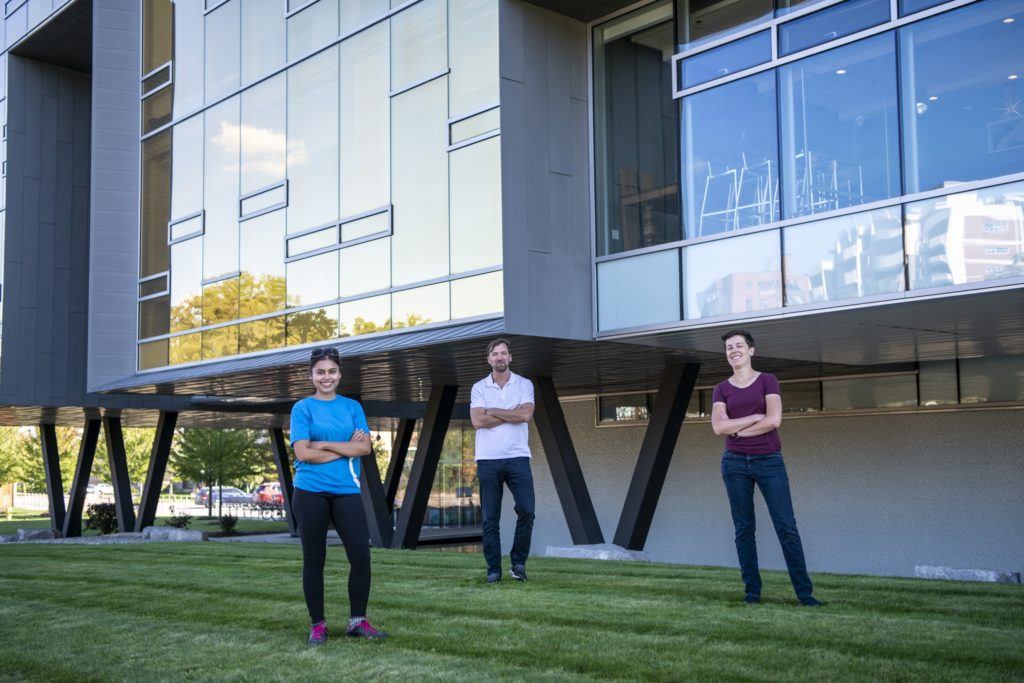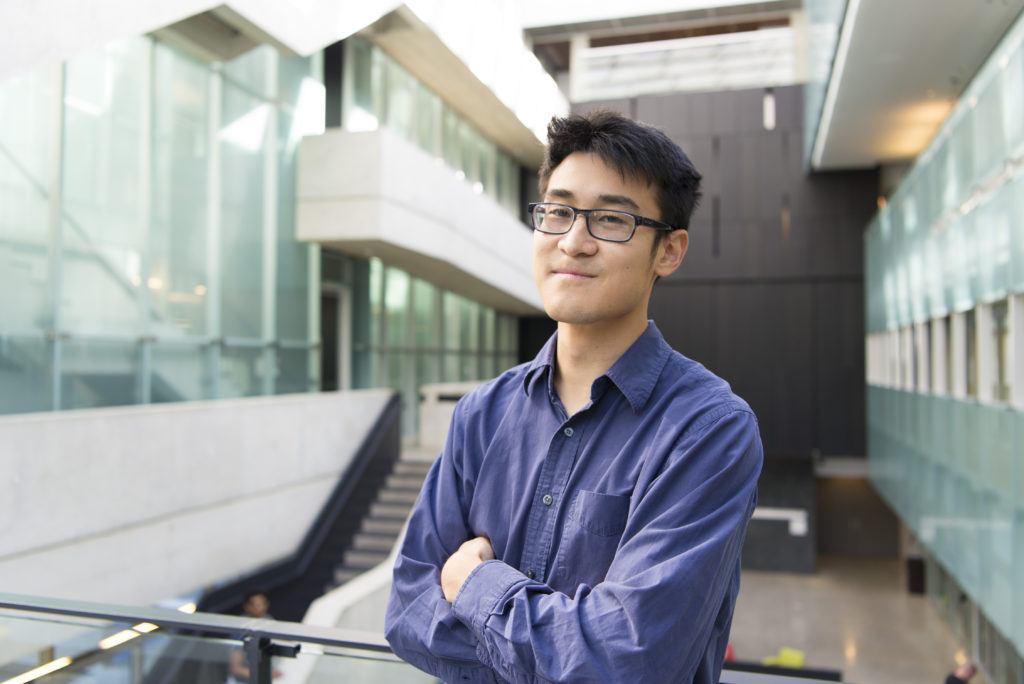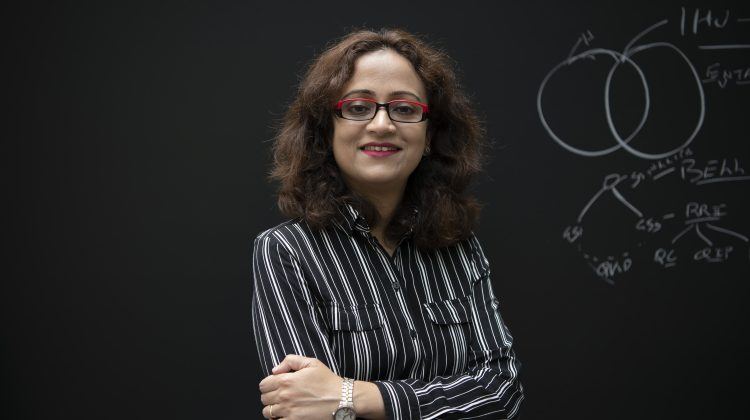Quantum circuits may hide new physics
Perimeter researchers looking deep into simulations of quantum computers have found something startling: new physics. Specifically, they found a new kind of phase transition, and a new tool for exploring dynamical phases of matter.
























































































